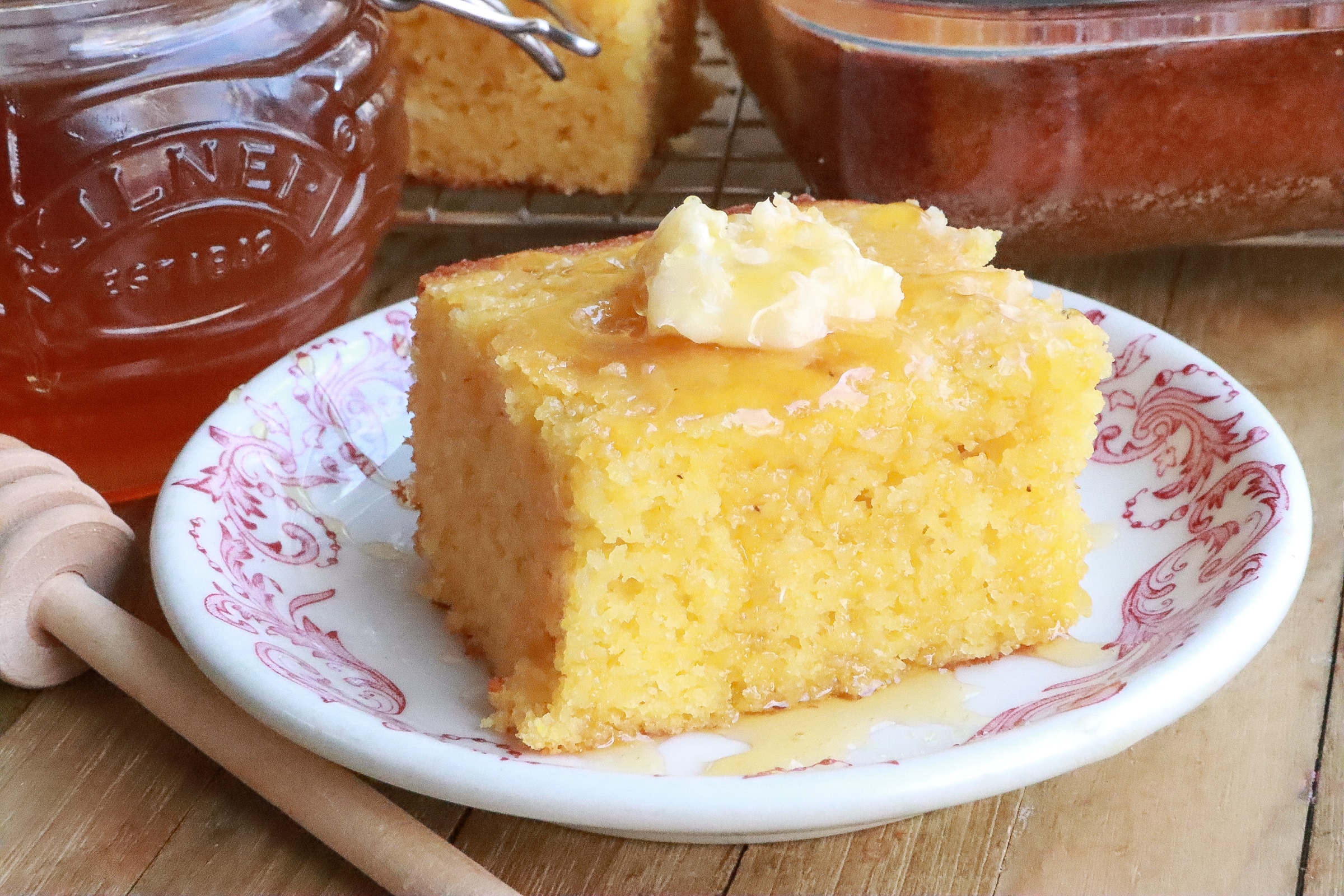In the realm of comfort foods, few dishes evoke the warmth and nostalgia associated with cornbread. A staple in Southern cuisine, cornbread has woven itself into the culinary tapestry of the United States, bringing a delightful combination of simplicity, versatility, and a distinct, comforting flavor to tables across the country.
Rooted in Native American traditions, cornbread has a history that predates the arrival of European settlers. Indigenous communities across the Americas were cultivating and grinding corn into various forms of sustenance, laying the foundation for the corn-based dishes that would later become integral to Southern cooking.
Cornbread gained prominence in the Southern United States, where corn thrived in the fertile soils and became a dietary cornerstone for many communities. Its popularity soared during times of economic hardship, as cornmeal was an affordable and readily available ingredient. The versatility of cornbread allowed it to adapt to different regional styles, leading to a diverse array of recipes and variations.

The basic ingredients of cornbread are minimal – cornmeal, flour, leavening agents, liquid (often buttermilk), and a touch of sweetener. The simplicity of the recipe belies the rich and satisfying experience that a well-made cornbread imparts. Whether baked in a cast-iron skillet, a muffin tin, or a traditional square pan, the result is a golden-brown creation with a moist crumb and a slightly crusted exterior.
One of the defining characteristics of cornbread is its ability to complement a wide range of dishes. From savory stews and barbecues to sweet spreads and honey butter, cornbread effortlessly adapts to the flavors of its culinary companions. Its inherent versatility allows for creative variations, with additions like cheese, jalapeños, or even bacon, adding a delightful twist to the classic recipe.
Cornbread also plays a significant role in holiday traditions, particularly during Thanksgiving. Cornbread stuffing, made by crumbling corncake into a savory mixture of herbs, vegetables, and broth, has become a cherished side dish on many holiday tables. Its ability to absorb flavors and provide a textural contrast makes corncake stuffing a perennial favorite.
Beyond its culinary allure, cornbread holds cultural significance, often acting as a symbol of Southern hospitality and community gatherings. Whether served at family dinners, picnics, or potlucks, cornbread fosters a sense of togetherness, inviting people to gather around the table and share in the simple pleasure of good food and good company.

In recent years, cornbread has seen a resurgence in popularity, gaining recognition on menus beyond the Southern states. Chefs and home cooks alike appreciate its adaptability and nostalgic charm, leading to innovative interpretations and creative pairings with modern cuisine.
In conclusion, cornbread’s journey from Native American kitchens to Southern dinner tables has left an indelible mark on American culinary traditions. Its humble ingredients and straightforward preparation belie the comfort and satisfaction it imparts. Whether enjoyed as a standalone treat, a savory side, or a festive stuffing, corncake remains a cherished symbol of home-cooked goodness and the timeless appeal of Southern comfort food.
If you enjoyed this read, check out our other posts.














What do you think?
Show comments / Leave a comment